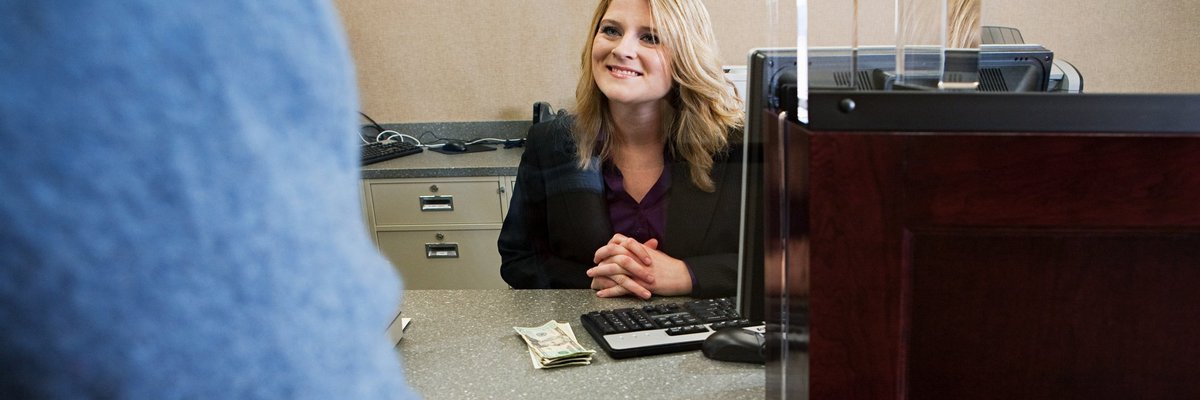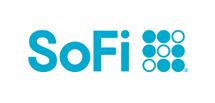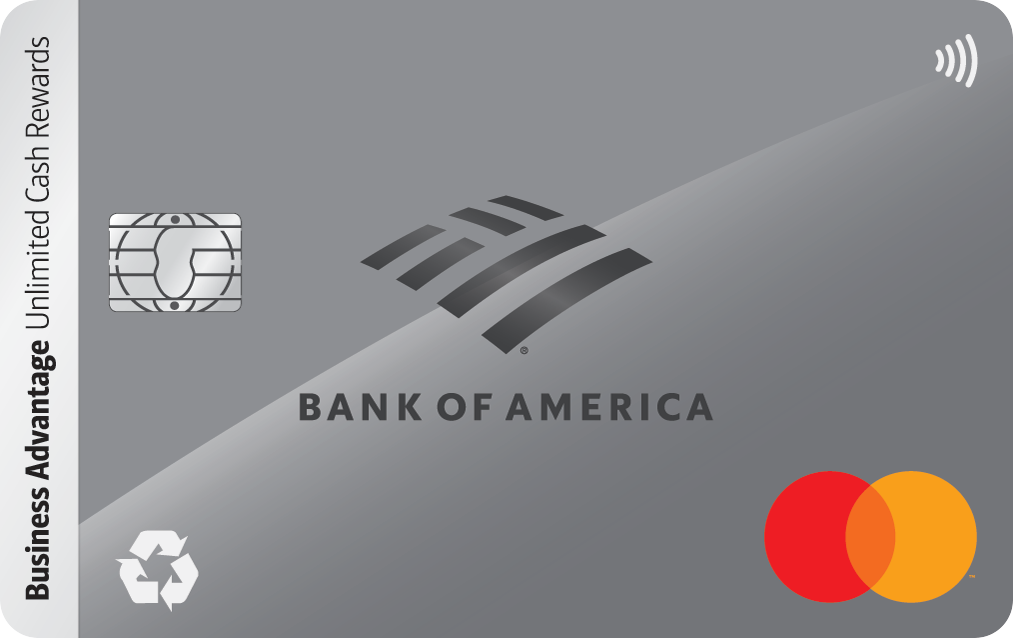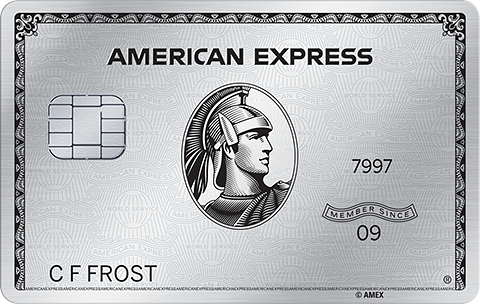Do You Have Too Much Money in Your Checking Account? 3 Red Flags to Watch in November 2025

Image source: Getty Images
I always think about checking accounts like Grand Central Station for your money. Cash comes in from all directions (mostly your paycheck) -- and then it quickly moves out again to pay bills, cover spending, or hop the next train toward savings or investments.
It's supposed to be a transit hub, not a storage facility. Busy, but not crowded. Organized, not overstuffed.
Where many people get tripped up is they start treating their checking account like a long-term parking lot. Money just sits there, doing nothing, while inflation quietly eats away at its value.
If that sounds familiar, it might be time for a quick tune-up. Here are three red flags that you might have too much sitting in checking -- and how to get that money back in motion before the holidays hit.
1. You have more than 1-2 months' expenses
Most checking accounts pay little to no interest. Which means any cash sitting inside is earning pennies.
Let's say you've got an extra $5,000 sitting in checking. If you moved that to a high-yield savings account (HYSA) earning 4.00% APY, you'll make around $200 a year in interest -- all for doing absolutely nothing.
If you don't already have an HYSA, that's your next move. They're safe, FDIC-insured, and earn way more than the big banks' near-zero rates.
My favorite pick right now: Look at SoFi Checking and Savings (Member FDIC), which pays up to 4.50% annual percentage yield (APY). Read our full review here to learn more and open an account.
SoFi Checking and Savings
On SoFi's Secure Website.

On SoFi's Secure Website.
- Competitive APY on both Savings and Checking
- No monthly account fee
- Welcome bonus up to $300 (direct deposit required)
- ATM access
- Unlimited number of external transfers (up to daily transaction limits)
- FDIC insured (up to $3M with opt-in to SoFi Insured Deposit Program)
- Early access to direct deposits
- Tools to help you track savings goals
- Combo account only; no stand-alone savings or checking
- Maximum Savings APY requires direct deposit
- No branch access; online only
- Overdraft protection requires monthly direct deposit minimum
For those who plan to set up direct deposit with their new account, we think SoFi Checking and Savings (Member FDIC) is hard to beat. Not only does this savings account offer a strong APY, but the linked checking account earns an above-average rate, too -- which is a rare perk. Plus, new customers earn a bonus of up to $300 with eligible direct deposit. Frankly, it's the kind of combo that could make it worthwhile to switch banking relationships.
2. You're holding cash while carrying high-interest debt
If you've got a few thousand dollars sitting in checking "just in case" while paying 20% interest on credit cards, that's a red flag.
Think of it this way: every extra dollar in checking earns you 0%. That same dollar could be saving you from paying 20% in interest. Even using a few hundred dollars from your buffer to knock down debt can save you hundreds more over time.
If you need to keep some cash cushion for peace of mind, that's fine. Just make it a small one. A month's worth of expenses (maybe a bit more if your income fluctuates) is plenty. Anything beyond that should be working harder somewhere else.
3. Your spending is quietly creeping up
When your checking account always looks full, it's easy to loosen the reins. You tell yourself, "I can afford it," and before you know it, the Amazon boxes start piling up and your Uber Eats history reads like a bad habit.
Take 10 minutes this week to scroll through your last six months of statements. You might be surprised at how much of your spending has crept up -- little stuff like subscriptions, snacks, or "small" splurges that add up fast.
I check my spending every so often and it's always a humbling experience. One way to keep things in check is to keep my checking account balance as low as possible.
If your expenses are drifting higher, one of the easiest fixes is moving your excess cash out of checking and into retirement accounts. When you can't see it, you're less tempted to spend it!
The bottom line
Your checking account should be your money's launch pad, not its final resting place.
If you're spotting any of these red flags -- excess cash, rising spending, or lingering debt -- it's time for a quick tune-up. Shift your extra funds into a high-yield savings account, or use them to wipe out high-interest balances.
A few simple moves today can help your money grow faster, your budget feel lighter, and your future look a whole lot brighter.
Ready to make your money work harder? Check out our updated list of the best high-yield savings accounts for November 2025.
Our Research Expert


